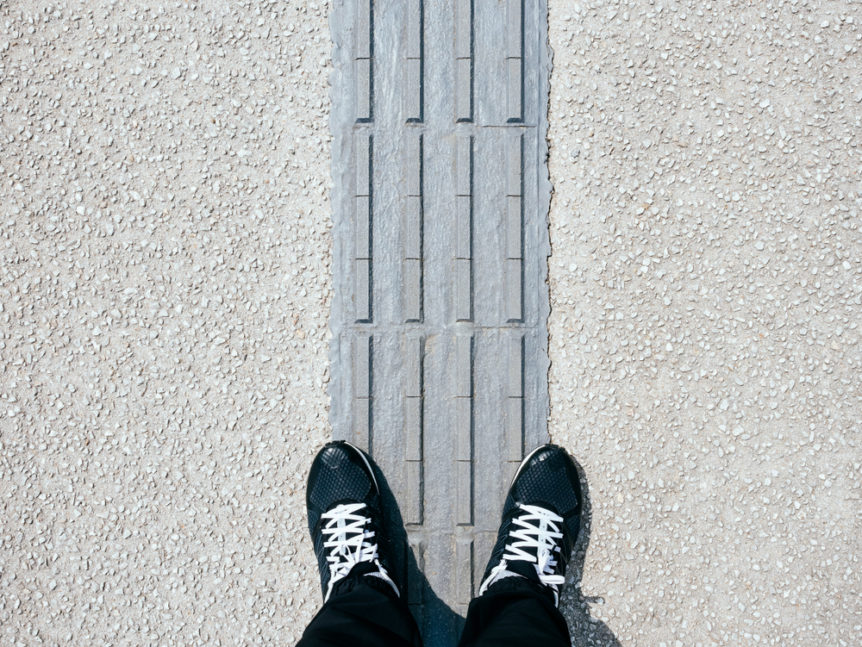If you’ve ever spent a day on crutches, helped a friend manage a wheelchair, or helped an aging and hearing-impaired parent conduct a phone conversation, you’ll appreciate the beauty of universal and inclusive design. And perhaps you’ll understand when we say that these challenges, too, represent a kind of diversity.
When most people think of diapers, they think of the cherubic infants and toddlers gracing Pampers packs on grocery store shelves. However, that diaper demographic is rapidly changing. In Japan, over the last several years, adult diapers have been outselling infant diapers. Thanks to a large postwar baby boom population and declining birth rate (the lowest since Japan’s census started in 1899), citizens over the age of 65 now make up more than a quarter of the country’s population.
Japan is not the only country facing an increased aging population. People 65 years old and older are projected to make up 21 percent of the global population by 2050. And as the population ages, more and more people are affected by various disabilities and health issues. A decline in both cognitive and physical ability, combined with losses in vision and hearing, dictates the needs of seniors as they search for ways to maintain their independence and their quality of life. People are living almost 10 years longer now than they were in the 1950s, but this doesn’t mean their lives are any easier or healthier.
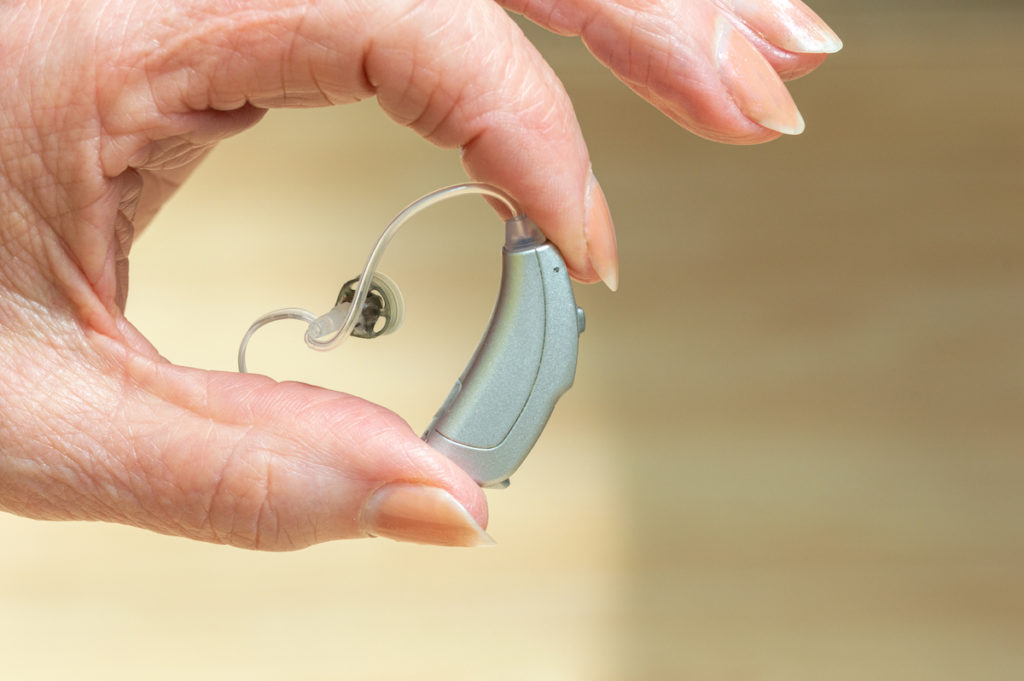
Complicating this situation, most aging adults think old is 10-15 years beyond their current age, even if they are in their 80s. Many plan on living independently and staying in their own home for as long as they can, given that many have paid off their houses and are comfortable in their environment and community. Staying in your home and living comfortably and independently for as long as possible is called aging-in-place. Policy makers and city planners have been looking at this issue for decades, knowing there isn’t enough out-of- the-home infrastructure or medical care to support this population as they age. Supporting in-place aging, therefore, is both a logistical necessity and an economic opportunity.
Aging-in-place, however, does present certain challenges. Seniors may not have the level of care and monitoring that is necessary to keep them safe, and the very independence that they desire may become too difficult for them to navigate on a daily basis. This is where the emergence of smart-home technologies can gracefully bridge the gap of needs that seniors may begin to experience. However, not all smart-home technologies are created equal. For every useful product such as smart speakers, remote health monitoring, or fall prevention, there is an almost overwhelming number of near-useless home technologies that miss the mark specifically because the smart-home capabilities either do not address an actual problem to be solved, or are designed in a way that ignores the needs of the target audience.
Designers and product developers stand at the intersection of this emerging technological toolkit and a growing pool of consumers with increasingly diverse and specialized needs. The opportunity for innovation is here. Right now. As we look to the future, we can take heed of lessons from the past to create adaptive, multimodal experiences using voice, touch, gestures, and haptics to create products that are situationally appropriate and environmentally aware. This allows for both freedom and empowerment, not just for aging seniors, but for a growing cohort of people who need and demand the next generation of digitally- driven devices that will integrate seamlessly with their lives. It’s a new era of adaptive experiences.
Disability drives innovation
In the summer of 1990, disability was in the news as President H.W. Bush promised “equality, independence and freedom” with the introduction of the American Disabilities Act (ADA). Wheelchair access in public and educational venues has greatly improved with ADA, as has awareness of people who have physical disabilities or who are visually or hearing impaired. Simple cues, such as constant beeping in an elevator, tell a visually impaired person how many floors are being passed. (While in these elevators, I was annoyed by the sound until I realized it was a feature for the blind.) Walking across the street, the same beeping can be heard when the crosswalk is green. Still, even with the advances of the last several decades, people who have disabilities are often discriminated against, and psychological barriers continue to exist.
Michael Nesmith, a hearing-impaired designer for Amazon, notes, “Disability drives innovation. The existence of disability forces you to come up with new solutions; it does not impair you. All of us have a disability regardless of whether it is physical, cognitive, emotional or even temporary. What is your solution? Share it with us. It’s what unifies us as humans.”
When we view disability through the lens of diversity—usually defined by ethnicity, gender identification, age, or other specific attributes—we appreciate the uniqueness of the disability and embrace the differences rather than shun them. We are all uniquely abled in one way or another, and bringing this mindset to our research and design processes can drive innovative thinking and problem-solving towards useful and meaningful solutions. In short, by actively addressing the challenging use cases that disabilities can present, we expand the range of product opportunities that might otherwise have been missed.
The key to capitalizing on these opportunities is to refocus our design thinking on answering the specific requirements created by disabilities, but in such a way that can also benefit a broader group of users. Two such approaches are universal and inclusive design.
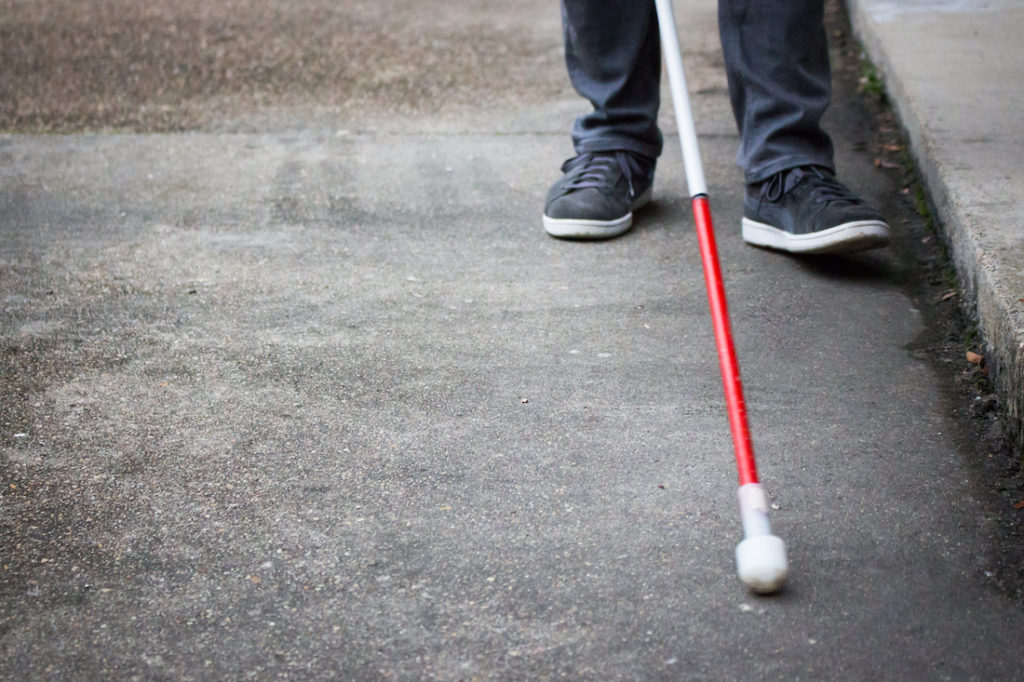
Universal to inclusive, accessible to adaptive
We may now consider the “curb cut” as ubiquitous, but this iconic universal design concept, was born in Berkeley, Calif., in the 1960s amid a tumult of protests, university politics, the Vietnam War, and disabled veterans. From 1970 to 1974, the city of Berkeley built the first planned wheelchair- accessible route in the United States, incorporating the dropped curb of Selwyn Goldsmith, author of Designing for the Disabled (1963), who pioneered the concept of free access to people with disabilities.
The principles of universal design emphasize designing all products and building environments to be usable by everyone regardless of their age or ability. Although a design may be developed with a specific disability in mind, it can end up benefiting everybody. For example, a curb cut benefits not only wheelchair users, but also anyone with wheels: strollers, bikes, skateboards, shopping carts, and more. Wikipedia defines universal design as “The design of products and environments to be usable by all people, to the greatest expect possible, without the need for adaptation or specialized design.”
Universal design is rooted in architecture and environmental design. Ron Mace, who coined the phrase “universal design,” was an architect and product designer who believed there was a way to combine the concepts of barrier-free design and accessibility with universal principles, such as “a simple and intuitive use to create a more usable world.” When Mace started the Center for Universal Design at his alma mater, the University of North Carolina, his goal was to create designs in which “one size fits all”: i.e., a design that can be used by everyone.
A close cousin to universal design is “inclusive design.” While some may use the two terms interchangeably, the ideas have subtle yet profound differences.
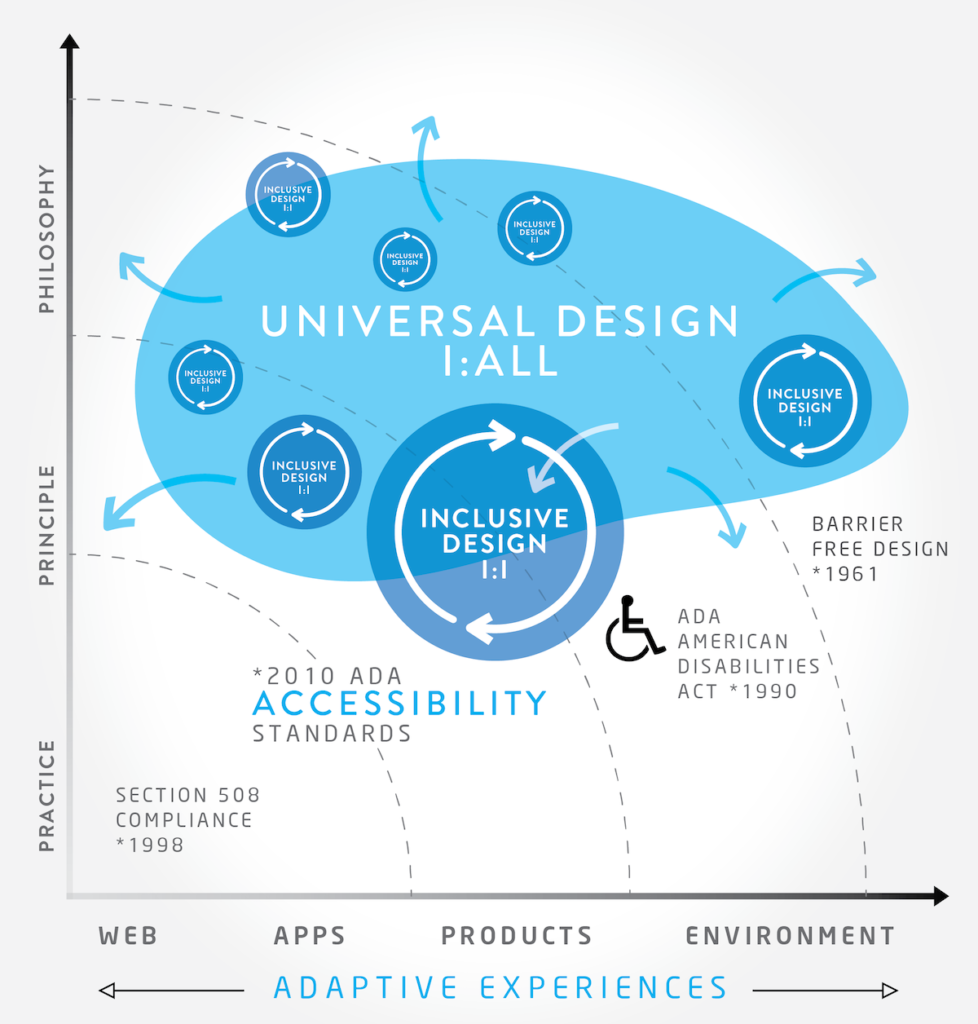
Inclusive design was born out of the digital technologies of the 1970s and ’80s and includes design innovations like closed captioning for the deaf and audio-recorded books for the blind. It is defined as a design process in which a product, service, or environment is optimized for a specific user with specific needs. Products of inclusive design are often created for the extreme user—an edge-case scenario. However, just as universal design’s curb cut had benefits for a greater community, an inclusive design innovation like closed captioning can benefit not just the hearing- impaired but also other people, such as TV watchers in a noisy bar or on a bus. Inclusive design brings awareness to the corporate environment and provides a clear set of principles to follow when considering new products: “providing a comparable experience,”“offering choice,” and “adding value.”
The key difference of inclusive design is its focus on creating solutions for specific scenarios, resulting in a “one-size-fits-one” solution rather than “one-size-fits-all.”
Inclusive design advocate Kat Holmes references the World Health Organization’s definition of disability as “a mismatch between features of a person and the features of the environment in which they live.” This definition inspired the title of her book, Mismatch (MIT Press, 2018), as well as her consultancy. Her work focuses on integrating inclusive design principles into corporate culture and“designing for extremes”rather than for averages. Aesthetics and style play a huge role in this process. Examples include a pair of Nike’s new lace free FlyEase shoes that can be put on and tightened one-handed, or the rainbow of hearing-aid options offered to hearing-impaired kids to provide a variety of ways to allow equal participation.
Universal design and inclusive design set the stage for accessibility—which, thanks to the ADA, is now a civil-liberties right in the United States.
Accessibility means being available and approachable. Accessible products are convenient and easy to use. Because of the work of disabled advocates such as Ron Mace and Marca Bristo, access to public spaces is a legal mandate.
Marca, who became a quadriplegic at the age of 23, worked tirelessly to reframe perceptions around disability and work through legislation to transform accessible living. It is likely not a coincidence that the mayor of Chicago, Marca’s home town, announced earlier this year its 20-year mission to be the most inclusive and accessible city in the nation, starting with ADA-compliant crosswalks and transportation. Compliance to accessibility standards for electronics and information technology began way back in 1998 and were recently updated. In 2011, Netflix lost a high-profile case where it was sued because its streaming content was not closed-captioned. The result is that now 100 percent of US on-demand videos are either closed-captioned or subtitled. In 2016, Netflix announced it was adding descriptive audio content to its videos for visually impaired audiences. In a recent conversation with assistive tech expert Ryan Fleury, I heard the frustration in his voice as he noted that the Netflix titles with audio descriptions were available only in the US. Why is this frustrating to Fleury? Because he is visually impaired—and he lives in Canada. The last time I checked, they spoke English there.
Adaptive means having the ability to change to suit different conditions. An adaptive experience is one that changes contextually to meet the needs of the person using it. An example of this is Apple’s CarPlay, used in many cars today to shift a smart phone into driving mode when plugged into the dashboard. In the world of disability, adaptive is often used synonymously with assistive to describe any product or technology that has been altered to meet the needs of someone who has a disability. Examples are screen readers and large-print books, curved utensils, and modified driving controls in automobiles. Today, adaptive experiences are poised at the forefront of innovation, combining traditional interface controls and adding voice, touch, or gestures as a secondary modality, to be used when needed.
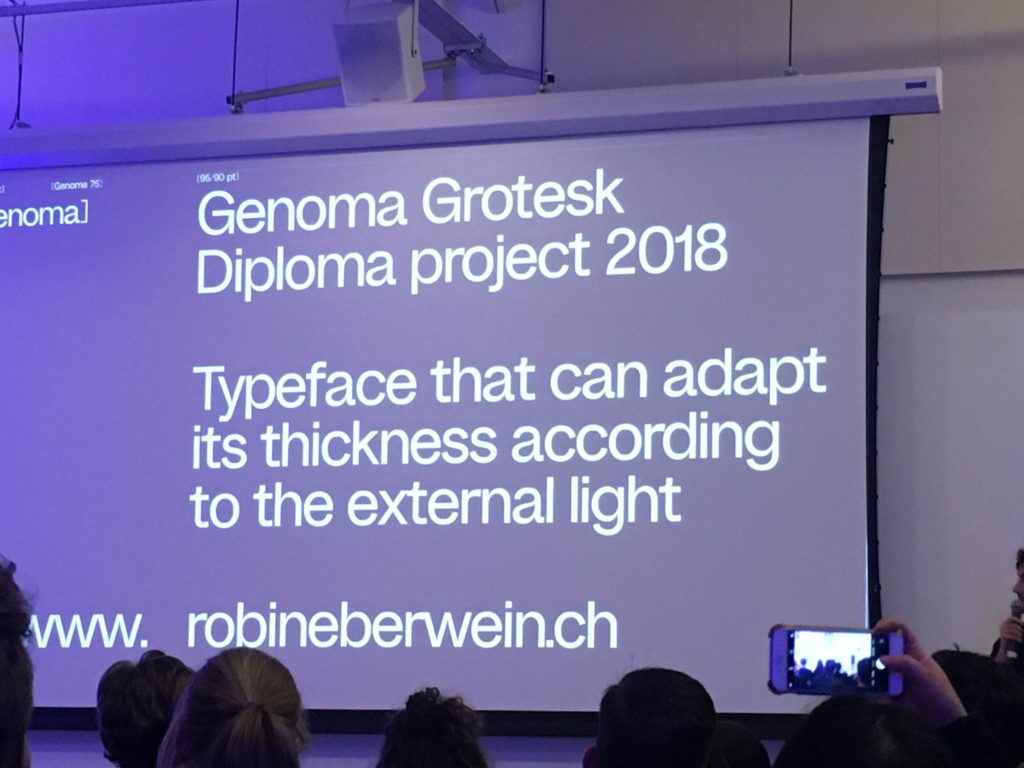
Voice-first technology, found in smart speakers combined with artificial intelligence allows a new level of control and interaction with a number of devices, from your oven to your car. Voice-first works great when you’re at home or in your car, and you have privacy. But as soon as you walk into a grocery store or a bank, talking loudly to your device makes you conspicuous. For corporations rethinking their current product or service offering, or product innovators looking for the Next Big Thing, creating an adaptive experience means looking closely at a variety of requirements based on situational need. These adaptive experiences can be created for anyone with a situational, temporary, or permanent disability: in short, everyone.
Understanding these different situations and the needs of the users that make them so compelling is paramount. As with any innovation opportunity, using research to reach out to these users to better understand the scenarios and requirements is a key component to any good design process.
Contextual research: building empathy
Colin was just 16 years old when he lost his sight within a matter of months due to a genetic disease. I spent a day with Colin in his last year of college, shadowing him as he navigated his way from his apartment in the Avenues of San Francisco to a nearby cafe to eat lunch, then on the bus to the University of San Francisco. During our time together, Colin spoke about the changes in his life as he learned to deal with his loss of vision. He spoke of the fears he faced and the accomplishments he was able to make while at the School for the Blind in Colorado, where he learned how to use a cane, understood how to live an independent life, and developed a relationship with his seeing-eye dog.
During lunch, Colin showed me how he used his mobile device—using an embedded screen reader that was unintelligible to any sighted observer. The problem is, three quarters of the apps offered in the App Store are not accessible to Colin’s device; in fact, even global leaders such as Medium.com and Snapchat are not screen-reader-friendly.1 “Even blind people like using Snapchat,” he told me.
As design researchers, we follow people around in their natural environment. In the field, we try and gather as much of the “why” as we do the “what, where, and how.” When designing for ability or disability, we need to understand the needs and behaviors of people in the environment in which they live, work, and play. Contextual research is one of the most important aspects of designing for disabilities. It is impossible to reach the level of empathy needed to design universal or inclusive solutions unless you can step into the shoes of the person you are designing for. While it is not always possible to go into the field and spend a day with dozens of hard-to-find participants, I always encourage designers and product owners to go into the field at least once per quarter and get to know the intended users of their designs.
When contextual in-field research is prohibitive, digital ethnography (or digital diary studies) is an excellent alternative. Using digital ethnography, data is gathered by computer- mediated communications or digital technologies rather than direct observation of live or recorded data. The digital ethnography approach allows you to ask questions, prompt for activities, and get a real sense of the user’s environment. Dscout has an excellent platform that allows multiple participants to post “snippets” including micro- surveys, photos, and video into an easy-to-read dashboard. For international diary studies, What’s App works well to capture longer video clips and easy interaction through cultural and language barriers. Especially in Japan—where having strangers at your home is definitely not the norm— digital ethnography allows easy access.
Coming full circle
Designing smart products for home automation becomes meaningful when we apply it to someone like Colin, who wants to live independently in his own home. Previously, designing for disability was a niche focus, where adaptive and assistive technologies were used to augment devices and products so they worked for someone who had low vision or was hearing-impaired. Now, due to the rapidly aging population, there has never been a greater need to utilize universal and inclusive design principles to create solutions for the disabled that will, in the end, benefit us all.
As designers who are shaping the products and experiences of the future, we need to meet the real needs of real people. We are tasked with creating solutions that are not theoretical but implementable. We can design rich experiences using context-aware sensors and integrated modalities such as voice, touch, and gestures. However, one fact remains: creating something that is not only useful but also meaningful requires a profound understanding of the people we are designing for.
___
Originally published in DMI Magazine, Vol.30, Issue3 DMI.org

